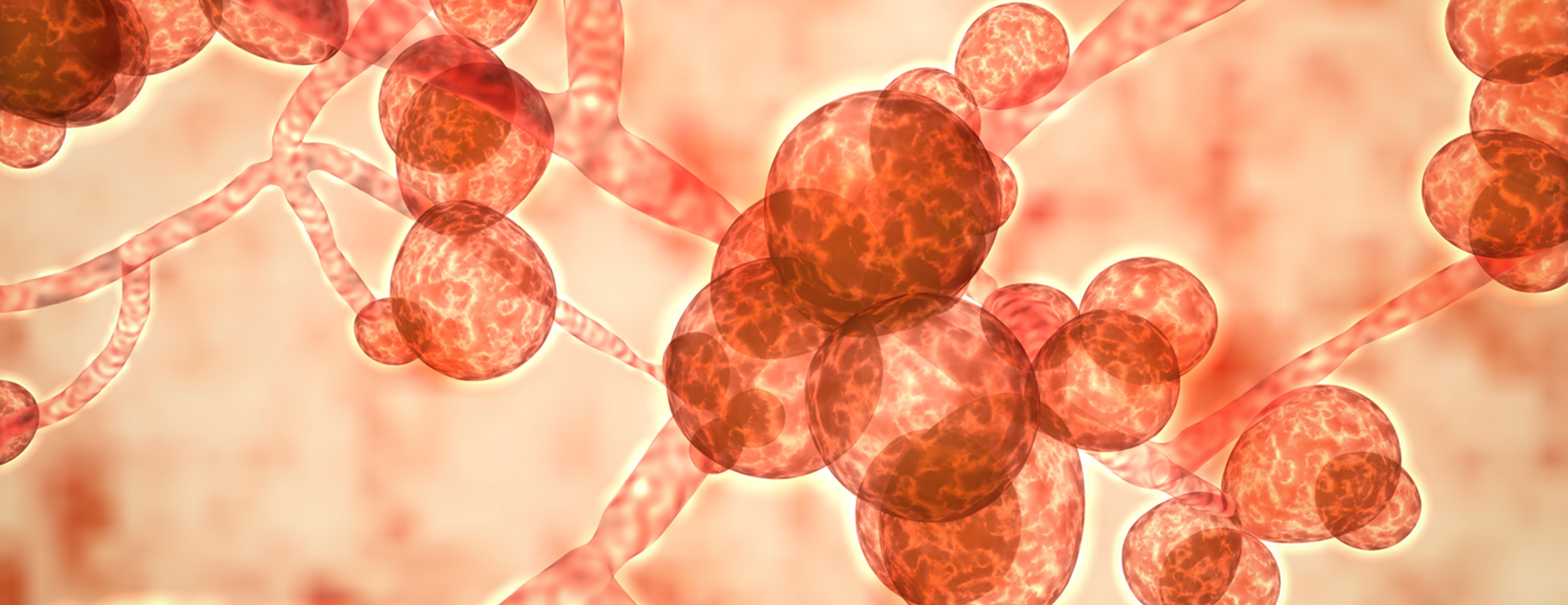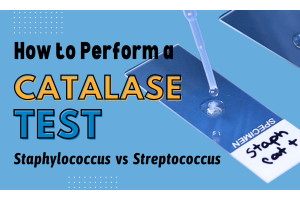Cause for Concern: Emerging Pan-resistant Candida auris

Candida auris was first described in 2009 and was first reported in the United States in 2016.(1) It is a member of a growing group of yeasts that can cause candidiasis, yeast infections that are normally of little consequence, and treatable through a number of anti-fungal medications. Nosocomial candidiasis, however can easily infect ports installed in the body for medical reasons, and then progress to candidemia, a potentially deadly blood infection.(2) Candida auris is remarkable in that it is often drug resistant and difficult to identify without specific technologies that are not readily available in a clinical setting, namely PCR and MALDI-TOF mass spectrometry.(3)
As of June 2019, a clinical
outbreak of Candida auris was
reported in New York. Of more than 800
patients, three were confirmed to have Candida
auris infections resistant to all three classes of commonly prescribed
anti-fungal medications; fluconazole, amphotericin B, and echinocandins. All three patients had Candida infections that exhibited fluconazole resistance and two
were found to be amphotericin B resistant.
None had received echinocandins prior to their diagnosis of being
infected with Candida auris. Indeed, isolates from all patients showed an
initial sensitivity to echinocandin therapy, and were thus treated. Resistance was not detected until after
completion of echinocandin treatment, indicating that the patient isolates
became pan-resistant to all three medications during therapy. Investigators found no indications of
successful patient-to-patient transmission of this pan-resistant strain after
the study was completed.(1)
The emergence of pan-resistant Candida auris is concerning in that,
with traditional testing methods, it is easily mistaken for other, more common
Candida species, even on differential media.(4)
It can cause invasive candidiasis in at-risk populations, contribute to
widespread Candida outbreaks, and progress to candidemia just as readily. However, as a potentially
multi-drug-resistant microorganism, each of the above situations takes on an
increased urgency. Even now, four years
after the New York outbreak was identified, the fact that pan-resistant Candida auris isolates appear so rare
should be of little consolation.
The technology required for Candida auris identification must be
advanced. Even with the promising
development of a new class of anti-fungal medications and more prudent
anti-fungal prescription practices by healthcare professionals, the average
healthcare facility must be able to perform rapid, accurate
identification. Until this happens, our
healthcare system will continue losing time, money, and lives to Candida auris outbreaks that have caused
up to 60% mortality rates in other healthcare facilities around the world.(5)
Written by Dave Cochran, Technical Service and Instrumentation Specialist
References:
(1) Candida auris Isolates Resistant to Three Classes of Antifungal
Medications — New York, 2019
Morbidity and Mortality Weekly Report (MMWR), January 10, 2020 /
69(1);6–9
https://www.cdc.gov/mmwr/volumes/69/wr/mm6901a2.htm?s_cid=mm6901a2_w
(2) About Invasive Candidiasis
https://www.cdc.gov/fungal/diseases/candidiasis/invasive/definition.html
(3) General Information about Candida auris
https://www.cdc.gov/fungal/candida-auris/candida-auris-qanda.html
(4) Candida auris: A drug-resistant yeast that spreads in healthcare
facilities
https://www.cdc.gov/fungal/candida-auris/pdf/C-Auris-Lab-Workers-FactSheet-H.pdf
(5) Novel antifungal shows early
promise against Candida auris







